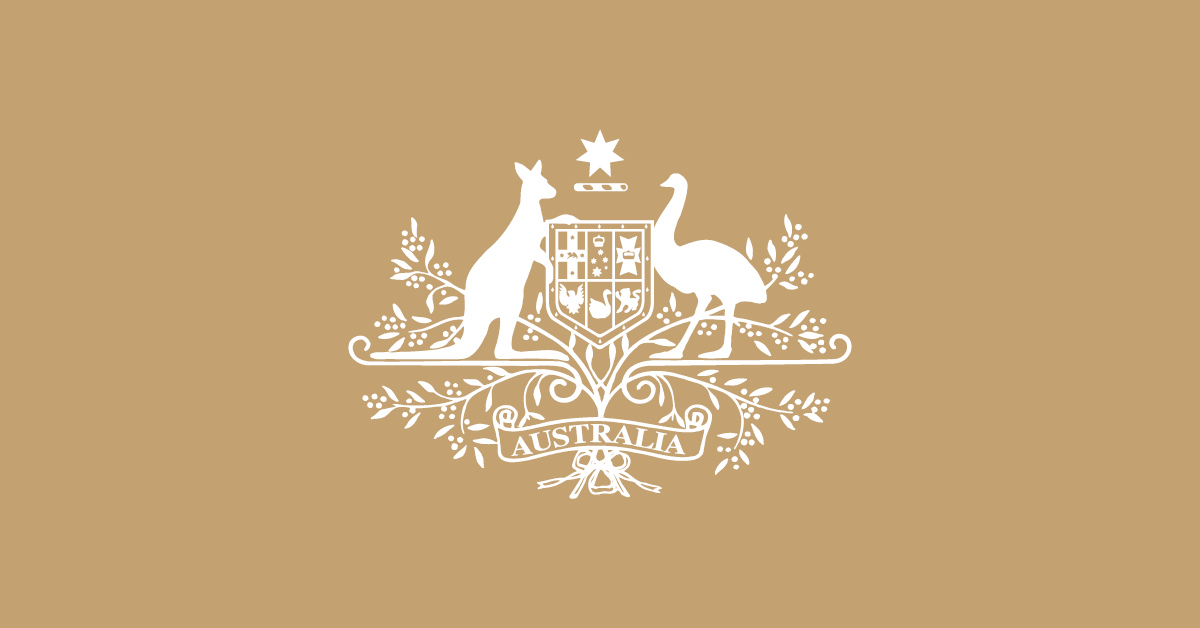
New ABS Labour Force Figures
The number of Australians in work remains at record highs – with female employment surging, according to the latest ABS Labour Force Figures.
Today’s jobs numbers show that the unemployment rate ticked up in April to 3.7 per cent, from 3.5 per cent – returning to where it was in January of this year.
This remains the strongest labour market Australia has seen in 50 years.
Since the Albanese Government came to office, around 333,000 jobs have been created.
The unemployment rate has been between 3.7 per cent and 3.4 per cent since coming to Government last May.
Encouragingly female employment is at record highs, with more women in work, and more women working full-time.
Female unemployment fell to 3.3 per cent – the lowest number since August 1973. Female full-time employment surged by 21,400 in April and is now 223,900 (or 6.2 per cent) higher than it was a year ago.
Full-time female employment has now grown under this Government nine out of the last 10 months.
Our wages and gender equity policies are lifting barriers for women at work – allowing them to work more and earn more.
We’ve said for some time that we expect employment growth to moderate over the coming months given the slowdown in the global economy and impact of higher interest rates.
Still, unemployment remains at historic lows – and along with the solid wages growth we saw yesterday – is among our best defences to the challenges coming at us.
Yesterday’s Wage Price Index rise – up 3.7 per cent over the year – is the fastest through-the-year growth in more than a decade, since September 2012.
The Albanese Government is focused on getting wages moving again after a decade of deliberate – and successful – wage suppression by the previous government.
That’s why we backed a pay rise of Australia’s lowest paid workers in last year’s Annual Wage Review, funded pay rises for aged care workers in the Budget and changed the law to support secure jobs and better pay.
It’s why we’re making it easier for parents to return to work, creating more TAFE and university places, and investing in industries that create secure, well-paid jobs.
There’s still more to do – which is why the Government is consulting on reforms to stop the undercutting of pay and conditions for Australian workers.
This includes closing the labour hire loophole, criminalising wage theft, defining casual work and setting minimum conditions in the gig economy.

